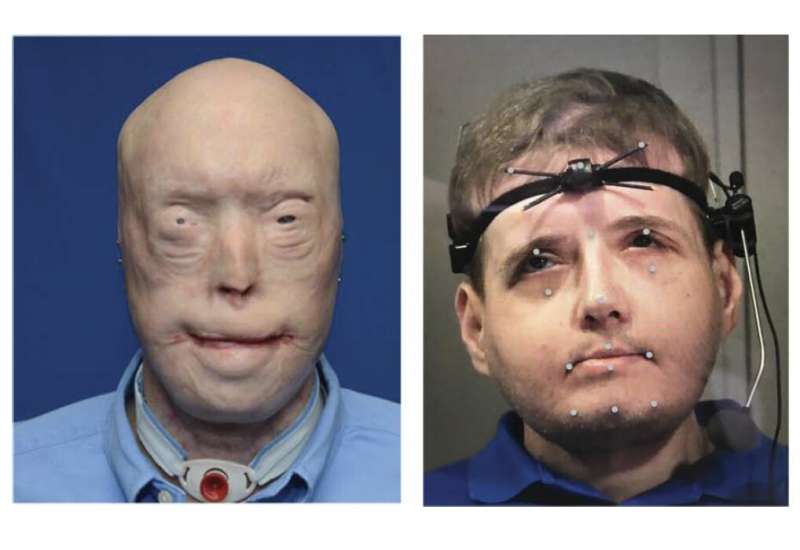Face transplant surgery can improve speech in victims of severe face trauma

A new case study out of New York University's Steinhardt School of Culture, Education, and Human Development finds that face transplant surgery in patients who have experienced severe facial trauma can improve speech production.
Face transplantation is one of the most extensive facial reconstructive procedures available. The procedure involves the partial or total replacement of nerves, muscles and skeletal structures of the face, head, and neck using donor tissues. With only 41 facial transplant procedures performed worldwide to date, this case study adds to the very limited literature documenting speech production outcomes post-facial transplant. The surgery—which was the first in New York State—was performed by experts at NYU Langone Health's Face Transplant Program, led by Eduardo Rodriguez, MD, DDS, the Helen L. Kimmel Professor of Reconstructive Plastic Surgery and chair of the Hansjörg Wyss Department of Plastic Surgery.
"Our findings provide a window into the complex recovery process following major facial reconstruction and serve as an important foundation from which we can begin to understand how facial transplant can improve speech production preoperatively to postoperatively," said Maria I. Grigos, the study's lead author and associate professor of communicative sciences and disorders at NYU Steinhardt. "Among the many remarkable patterns observed, we found that the patient displayed more flexible control of facial movement as he adapted to the transplanted structures."
Research Method
Using optical tracking, a form of motion tracking technology, Grigos and her team were able to examine first-hand how the facial transplant procedure alters movement of the face and contributes to improved speech production. Researchers compared data from the case study patient—a male victim who suffered third- and fourth-degree burns and major soft tissue loss in a fire—against four adult males who had not experienced severe facial trauma.
The patient's speech production and facial movements were examined once before the procedure and four times in the 13 months following the procedure. Movements of the patient's lips and jaw, as well as the intelligibility of his speech, were compared pre- to post-tranplant and then tracked across the recovery period.
"The remarkable changes that we captured in this patient reflect the multiple processes involved in the reintegration of neuromuscular control and in the learning of new stra
More information: Maria I. Grigos et al, Changes in Articulatory Control Pre– and Post–Facial Transplant: A Case Report, Journal of Speech, Language, and Hearing Research (2019). DOI: 10.1044/2018_JSLHR-S-18-0147















